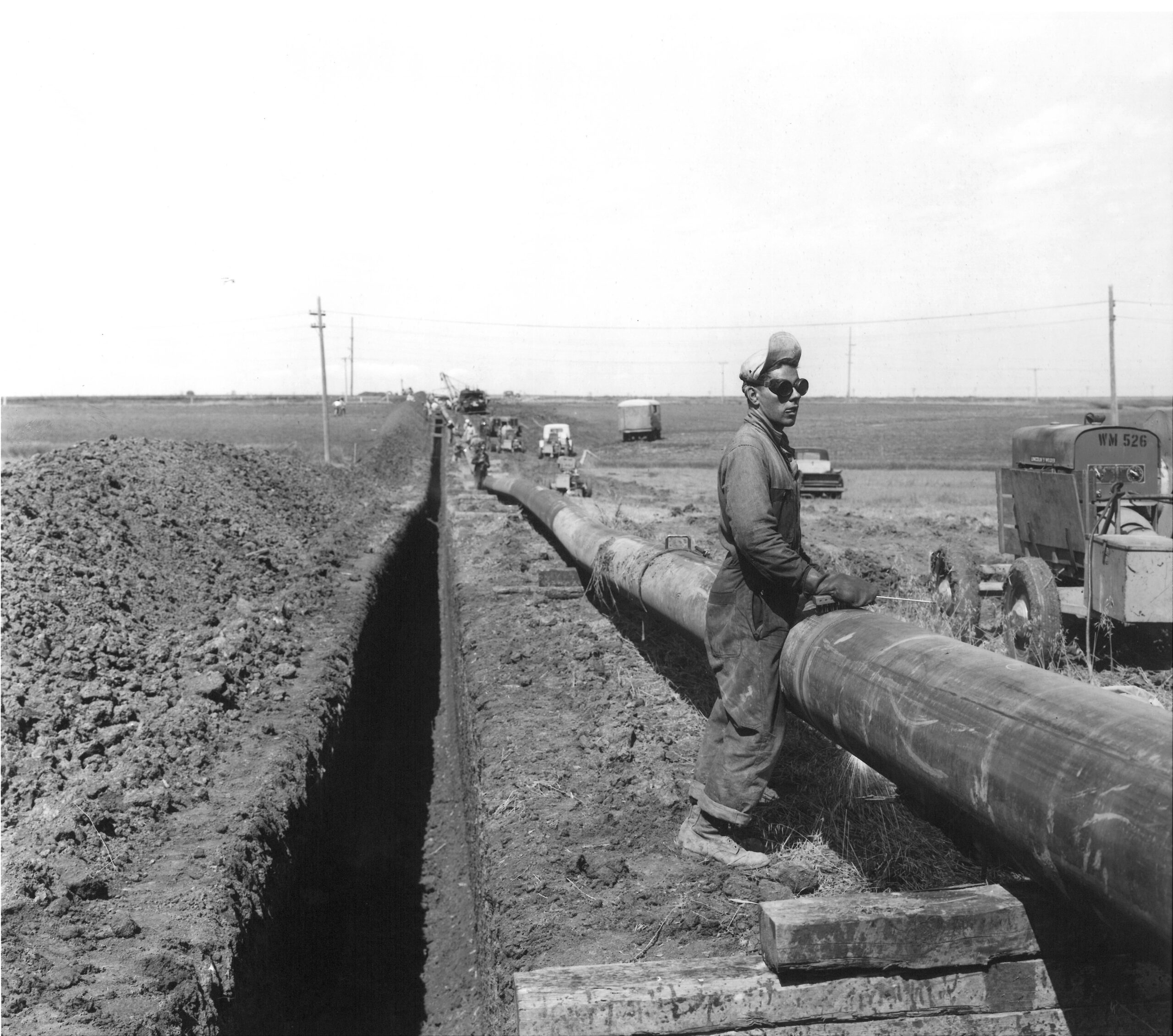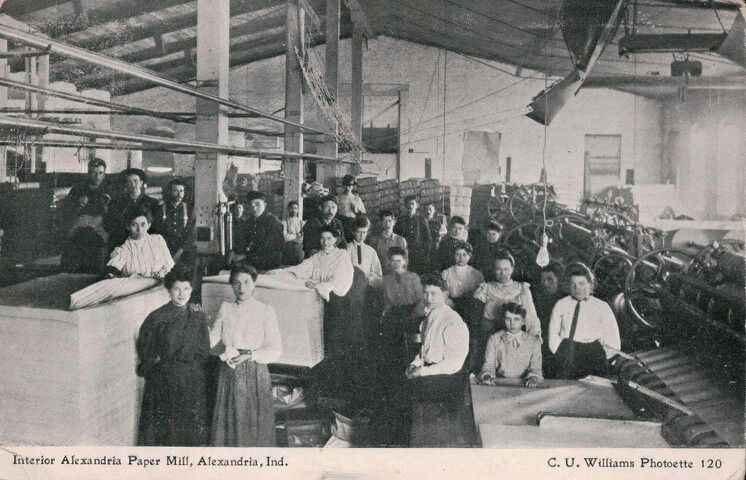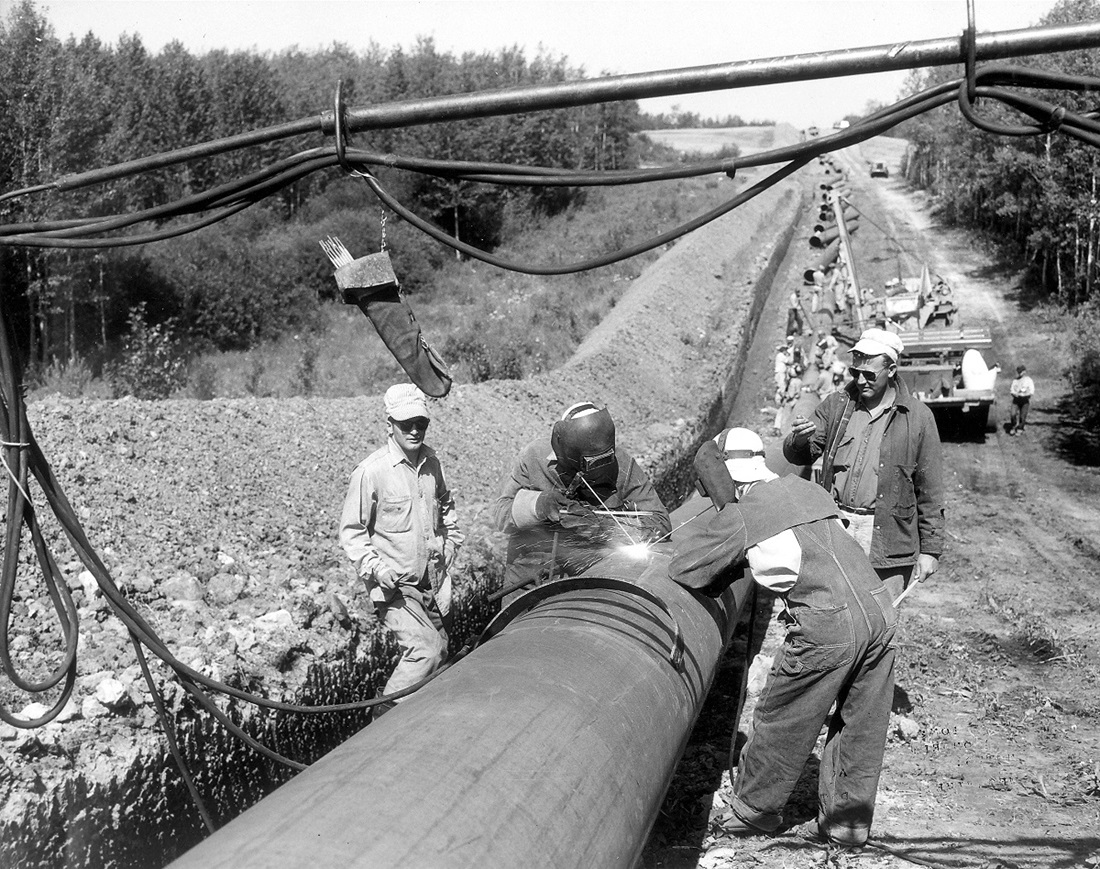Natural Gas
The discovery of natural gas in 1887 changed Alexandria’s face – and fortunes – forever. Local businessmen were quick to jump on the bandwagon of the natural gas boom, and firms such as The Alexandria Company were formed. They offered free fuel, lights and location to manufacturers willing to locate in Alexandria, and boasted “gas enough to manufacture goods of the world.” The response was immediate.
From a population of 491 in 1887, the population grew to 7,221 in 1900. Factories were built to manufacture bricks, plate glass and steel, including the Alexandria Paper Mill, Harper and Cruzen Glass Factory, Lippincott Glass Chimney, DePauw Plate Glass Co., DePauw Window Glass Co., Indiana Brick and Kelly Axe. Businesses were opened to serve the needs of the people who worked in the factories. In 1896, there were nine groceries, five drugstores, four hardware stores, three clothing stores, twelve firemen, seven churches and fifteen saloons.
While gas boom prosperity came quickly, for those who worked in the factories it was short-lived. As the gas slowly burned itself out in the early 1900s, some left. Others stayed to build a more economically sound city from the ruins of the gas boom era. By the late 1920s, five factories thrived in the city: Banner Rock; the Alexandria Canning Plan; Aladdin Industries; and the Alexandria Metal Products Co.






